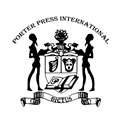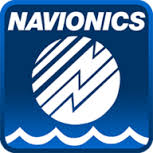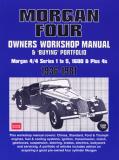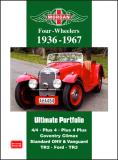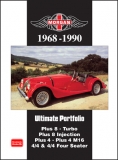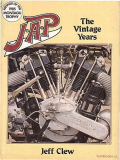Anotace
HFS Morgan was running a garage in Malvern Link with his early business partner Leslie Bacon when he decided to design and build a single seater three-wheeler in 1909 just for his own interest. It had many special features, including all independent suspension, the front two wheels using his own design of sliding axles, this system still being in use by the Company today. When the prototype was registered CJ743 in June 1910 it weighed just 3 cwt. ensuring an excellent power to weight ratio, a feature of all Morgan products ever since.
In 1912 the Morgan Motor Company was founded to manufacture three-wheelers, which by now were available as two-seaters. At this time the motor car was only for the rich, but those who disliked the motorcycle could buy a cyclecar, a cheap three or four-wheeled vehicle powered by a motorcycle type engine. Many of these were crude with dubious engineering, and HFS Morgan, supported by his wife Ruth, took part in all the forms of competition open to them to show that the Morgan three-wheeler was better than the opposition. This association with motor sport has continued throughout the Morgan Company's existence.
One of the first supporters of the Morgan in competition was W G McMinnies, who raced Morgans with great success including winning the French Cyclecar Grand Prix in 1913. As he was also the editor of "The Cyclecar" he gave the Morgan a great boost in his race write up. HFS Morgan was able to set in motion plans to greatly increase production, building in stages a new factory in Pickersleigh Road in Malvern Link.
After the First World War demand for Morgans was high, and HFS supplied several different body styles to suit the keen public. Several racers extracted amazing power from the vee-twin engines, enabling races to be won and world speed records to be broken.
It all began to decline when Herbert Austin introduced a large car in miniature, namely the Austin Seven, which was much more suitable to the family buyer than the cyclecar. Other car manufacturers soon followed Austin's lead.
HFS attempted to update his three-wheelers to take account of the buying trends, introducing a three speed and reverse gearbox in 1931, and then a chassis to take a four-cylinder Ford engine (the F-Type) in 1933. Despite these innovations production did not pick up and the last vee-twin Morgans were assembled just after the Second World War. The F-type continued until 1952. It was finally killed off by the post-war British government insisting on high volumes being exported to get steel quotas, and the three-wheeler was not easy to sell abroad. Today the Morgan three-wheeler has a fanatical following, with many humbling much larger vehicles in historic motor racing.
All variations are reported on including the Grand Prix, Racers, Aero, Family Fours, Super Sports & F models. A total of 216 illustrated pages with 32 in full colour. SB.








